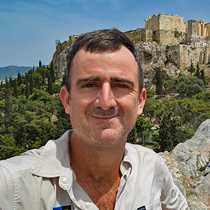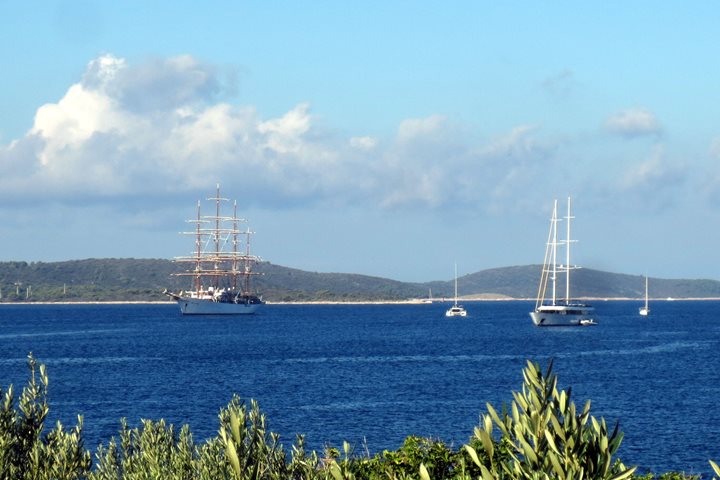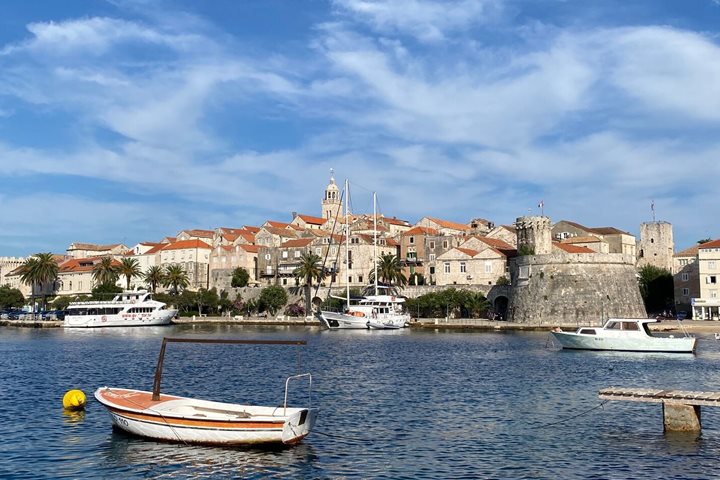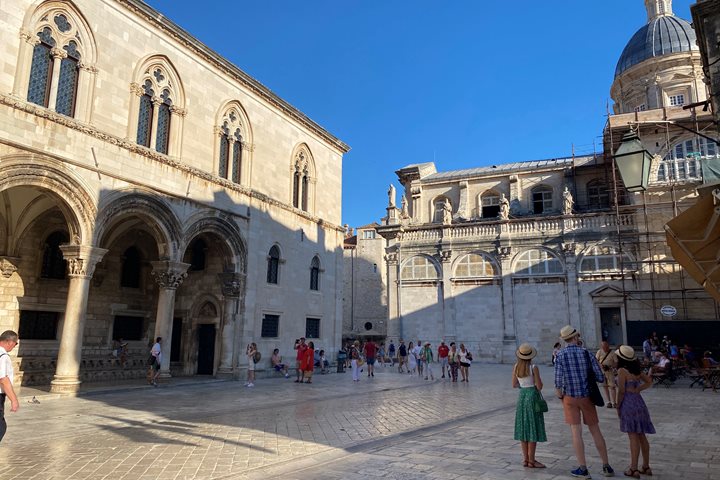As our expedition aboard the Sea Cloud continued, we progressed up the Dalmatian Coast of the Adriatic Sea and arrived at Montenegro — one of the world’s youngest countries. Montenegro had been part of Serbia since 1992, but they voted for independence by referendum in 2006. Montenegrins are a Slavic people and are predominately Orthodox Christian, but also include a sizeable Muslim minority. Yet the name Montenegro — Italian for “Black Mountain” — and the small number of Roman Catholic adherents alludes to its medieval history. During the 15th century, as the Ottoman Turks expanded westward, this region came under the protection of the Venetian Empire, their Stato da Mar. Kotor became a key naval base and supply station for their fleets of galleys which plied the trade routes across the Mediterranean Sea, bringing foreign exotica into Western Europe from the Levant. Today the cultural diversity of Montenegro reflects the regional influence of these foreign powers — Italian and Catholic along the coastline, Islamic and Turkish further inland.
In the early morning we cruised into the Bay of Kotor, one of the most spectacular harbors in the world. Passing by steep mountain slopes on either side of the narrow entrance channel, we saw bell towers and small villages along the shores. We spent the morning in the bay, first heading to the island of Our Lady of the Rocks. This charming little chapel was founded in the 17th century and came to be venerated by sailors — and some of their anxious family members — to ensure they returned home safely. Afterwards we explored Kotor; this Venetian fortress has great bastions and ramparts along the waterfront, and a great curtain wall which defends the eastern approaches and encloses the town across the towering slopes of Mount San Giovanni 900 feet above.
In the afternoon we took a coach tour to explore the hinterland, passing by the resort and casino city of Budva before ascending into the highlands. We drove through mile after mile of an incredibly fragmented landscape, with crags and outcrops of jagged limestone interspersed with clumps of shrubs and small trees. Our destination was the small village of Njegusi, situated in a small vale with what seems to be the only patch of arable land for many miles. Here we were treated to the local specialties, smoked hams and cheeses, washed down with a glass of wine. Our return journey to the ship was itself a spectacle, as we negotiated the narrow winding roads and twenty-five switchbacks during our descent to Kotor. When the Sea Cloud pulled out from the dock, we enjoyed another beautiful evening on the lido deck, with locally produced oysters and champagne.







